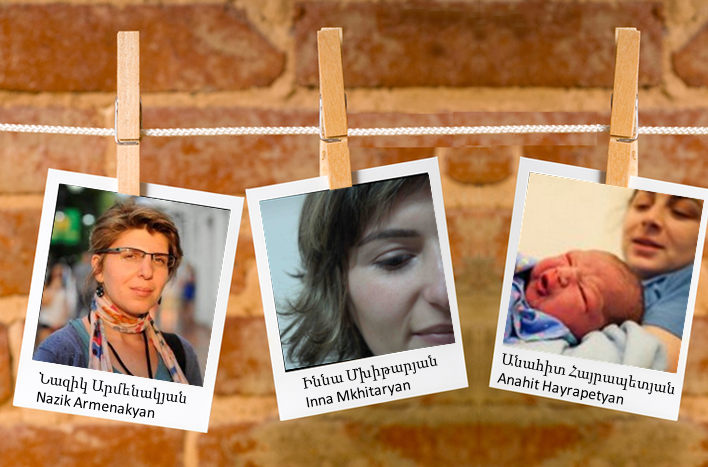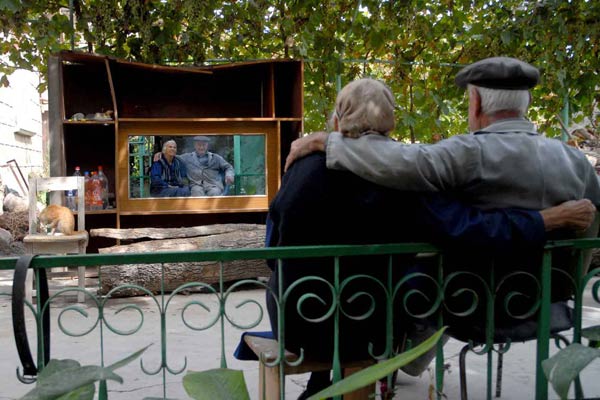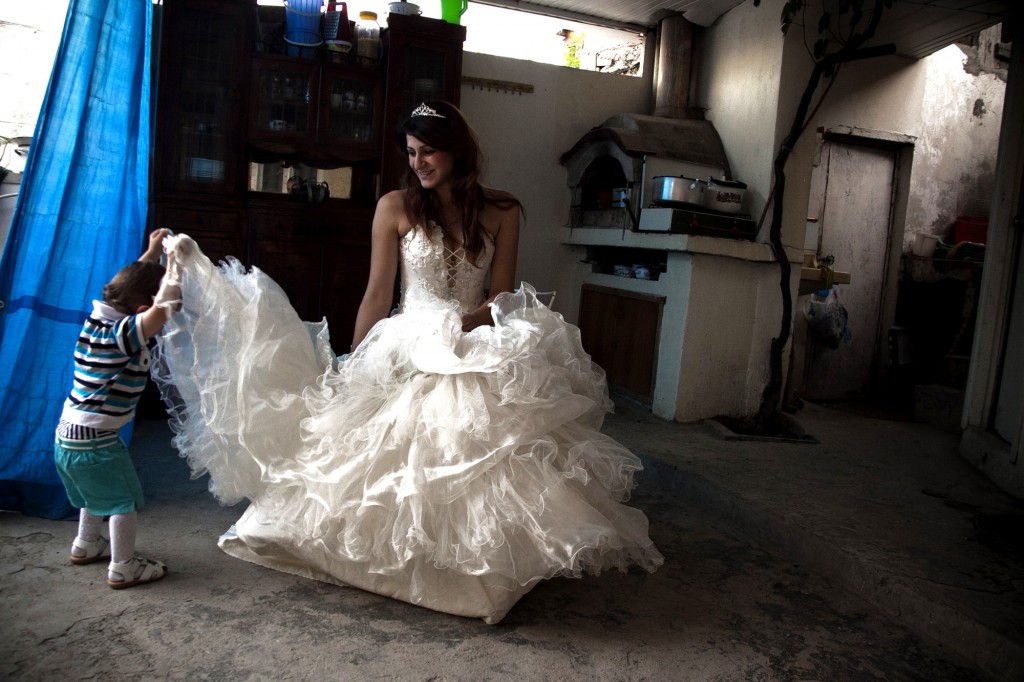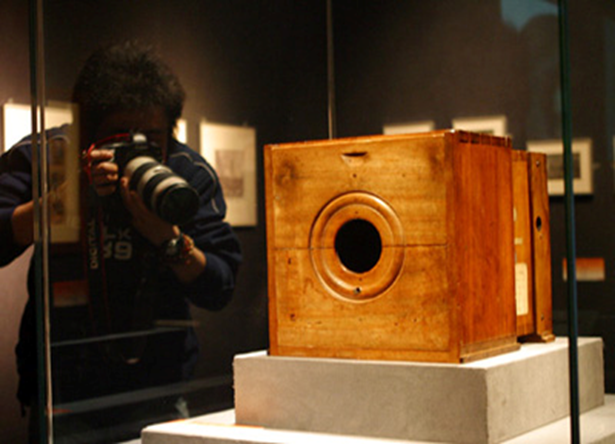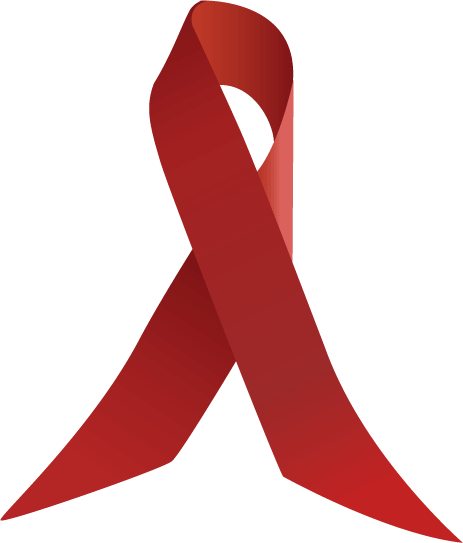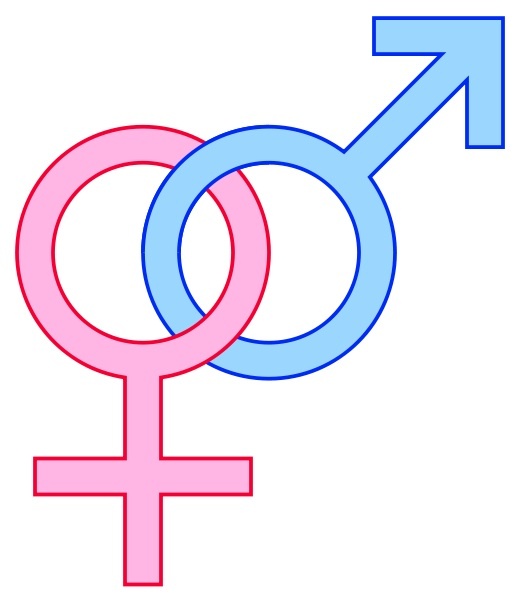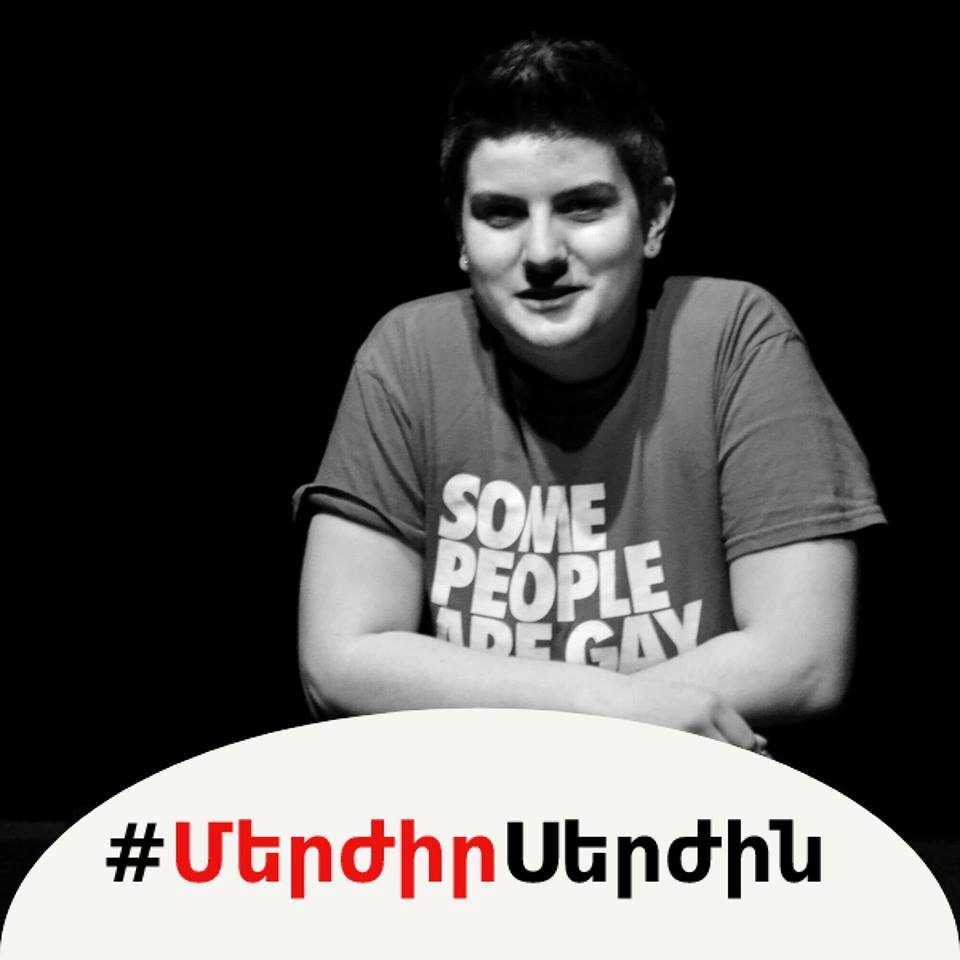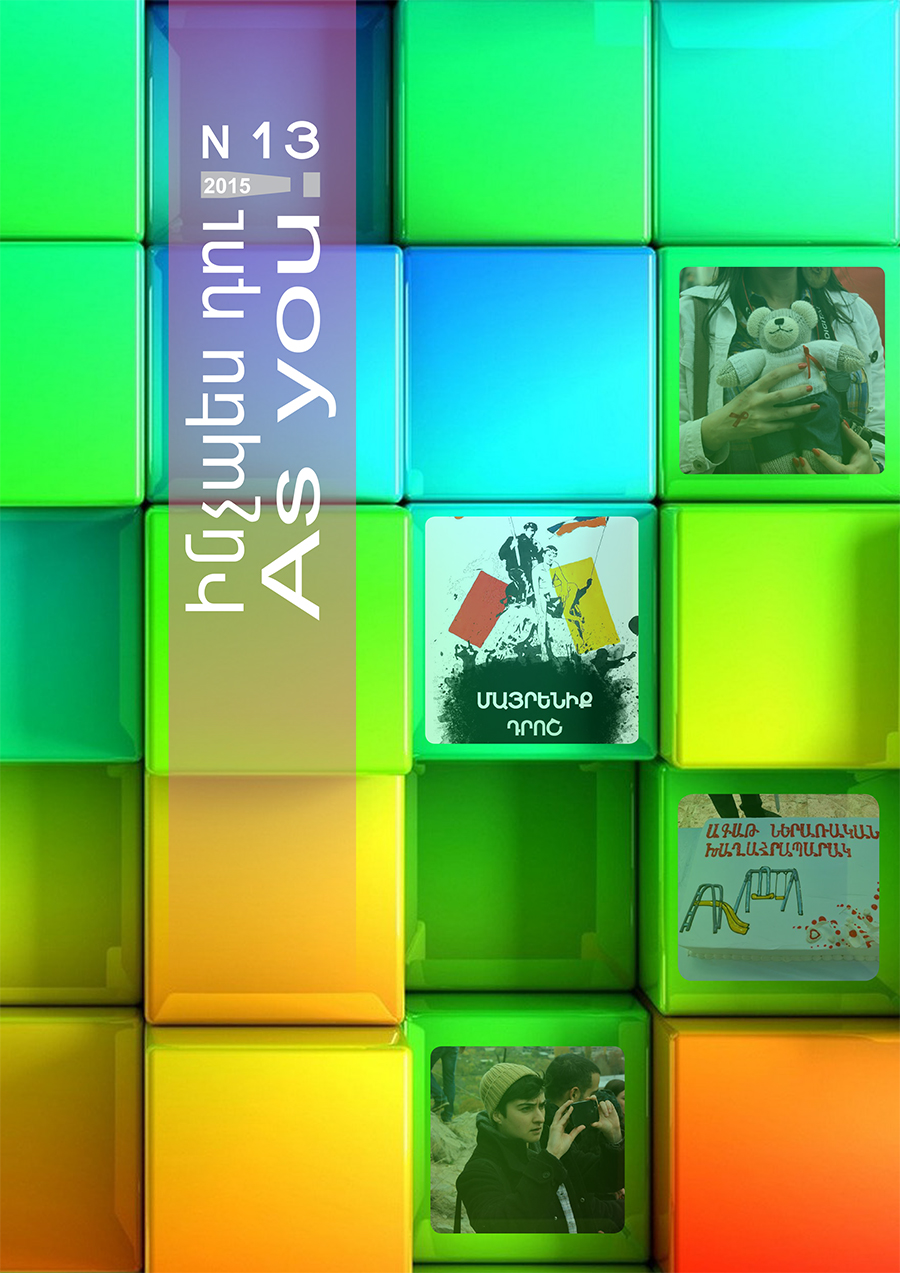The photo camera has brought forth new possibilities, and today the art of photography is not an invention anymore, but rather an interesting tool in various domains to express oneself, and can be viewed as an art/craft/occupation (whatever it may be called) as well, serving various purposes…
In Armenia, too, we do have women that have their say in the art of photography, and we are going to learn about three of them in this article.
Nazik Armenakyan
– How did and does Armenia, with its nature, geographical location, political and economic image, past, present and perspectives, affect the content and looks of your art? Is there any particular country you’d prefer to live in and create?
A few years ago, I thought it would be better to live and work in another country; nevertheless traveling and discovering new countries is a path to success for every photojournalist. Anyway, it is Armenia which I am most concerned with. When I was shooting photos for the photo project called “Survivors”, about the people who survived in Ottoman Turkey, from the Armenian Genocide, I understood one simple thing: I have far greater opportunities being inside my own country, and I am obliged to address the problems of my country by archiving Armenian history and time.
– Do you ever share your concerns and fears, emotions, as a human being and as a woman living in Armenia, with the camera? Do you ever get rid of distress and uncertainty and get some portion of optimism through photography?
Digital photographing seems to be a very mechanical exercise today: one takes the camera, visits the place, takes some pictures, and one has got a photo. Photographing for me is a dialogue, a manner of thinking, and the photo camera is the means – there is this connection between my photo camera and my object. If that connection isn’t there, nothing will work. Of course, the result – whatever you see – is highly important; many people will see that later. I enjoy the process, the connection with the people. I shoot photos in my toughest moments; my photo camera is always with me. I trust it, and it opens new doors for me.
– In general, what is the place given to women that have less visibility (e.g. national or ethnic minorities, as well as lesbian, bisexual, transgender women) in your art?
Women are active today more than ever before; they try to utter many problems on violence, equality and wholeness. As a female photographer, I am of course interested in various issues concerning diverse women; both in national and religious minorities, and especially women having different sexual orientations.
What do we need photographing for? What’s the use? Nazik Armenakyan described some ways of the art of photography being helpful:
- Photography and photojournalism in particular, help in uttering the issues existing inside the country,
- To discover undiscovered, unspoken themes,
- To document the reality from within the country,
- To spread truthful pieces of information, to assist in discussing tabooed topics.
And Anahit Hayrapetyan provides another important fact: people tend to assist, to help, they call and offer their hand. Thus, photographing sometimes affects peoples’ lives directly by solving some issues and by aiding in uttering and working various problems out.
Inna Mkhitaryan
– What would you prefer: art in the name of art? Or art in the name of humanity/Armenians/women? Any other version? If so, why?
It is an interesting question… I think the most right way would be art in the name of art. It may sound like an end in itself, but when one directs art onto something, then, in my opinion, one makes art partial. I’ve always noticed this fact, whether it be music or any other branch of art, when it is involuntary and not in the name of something, it is the most righteous and the most sincere one. If one puts a goal, s/he might not get the “ideal” art. Methinks this is the way it is…
– Are you active in the social and political scene as well? How does it feel to be there? How do people react to your presence?
I’m precisely active in the social scene. But not in the political one. It is by my own will that I am not active; I haven’t given it a try. Social themes are closer to my heart, more interesting and are more preferable in terms of their value.
I haven’t experienced any difficulty regarding the attitude. I suspect male photographers of my generation face greater obstacles today than us, as the attitude toward women in Armenia is different, milder. I recall the incidents of the March 1 (2008): the people were angry, the police were angry, and there we were – in the middle of the picture. I felt at that time that being a woman was a privilege: neither police, nor people would touch us. The situation was far dangerous for male photographers back then.
I’ve asked Inna to comment, as a photographer, on the following saying: “Beauty will save the world”. She responded that “Beauty is relative. The perception of beauty varies.
“For instance, when people try to depict an ideal body or paysage, they think that is the beauty. And how come my portrait of a miserable, poor family under a feeble light is not up to these standards?
Social theme is very beautiful to me. If we take into account the fact of relativity as a basis, then I will agree with that saying. But it adjusts from person to person.”
Anahit Hayrapetyan
– Did it ever occur to you, when dealing with women, that you would identify with her and would try to transmit her reality, feelings, emotions and life in more powerful way than usually?
I take it in like a sponge whatever I depict; it just goes through me. No matter how hard I try to look at things from aside, it doesn’t work. Of course, I sense otherwise when depicting and hearing women.
When they speak about children or chores, I feel it in my bones, as I live the same life. Sometimes it’s disturbing; a bit of cool-heartedness would do better in this case. Very often I come back with producing no photos at all, and then I understand I have turned into a social worker which is not my duty in any way.
– While viewing some of your works, I caught myself on clenching my lower lip between my teeth; some feeling of empathy and compassion originated inside me, especially when seeing socially vulnerable individuals and the conditions they lived in. What emotions would you like to arise in the heart of the beholder through your art?
These conditions are not foreign to our generation. I often visit villages. Me myself, I have gone through all that and that could not be avoided to be seen in the photography. No matter how rich your imagination is, you will not be able to imagine what it’ s like to give birth as long as you don’t do it yourself.
Photojournalism is sort of a mature profession, and it is not surprising that many of my friends, me including, have come to photographing from a distinct profession; each of us did so after accumulating some amount of life experience. It is also a kind of profession that allows you to get the experience, joys and misfortunes of your heroes by living their lives.
Nazik states that she was trying to address various topics à propos women; e.g. witnesses of Jehovah, women living in poverty, etc. But the project of hers which she has been investigating the most and which is still ongoing is about women with different sexual orientations and experiencing different gender identities (lesbians, transgender).
And Anahit says that she now depicts violence committed against women, and, in general, after having babies, her thoughts become more and more “feminine”. Being a part of this society, she understands the harshness and limitations of the lives of women in a better way; she herself goes through it.
Inna is describing her most recent project. She was shooting the poorest women of the lower cast in India. She was impressed by a girl named Sounita who was pregnant for six months and was selling pineapples, carrying them on her head.
“It is one thing to photograph people. It is another to make others care about them by revealing the core of their humanness.”
Paul Strand
“There is only you and your camera. The limitations in your photography are in yourself, for what we see is what we are.”
Ernst Haas
Sevak Kirakosyan
